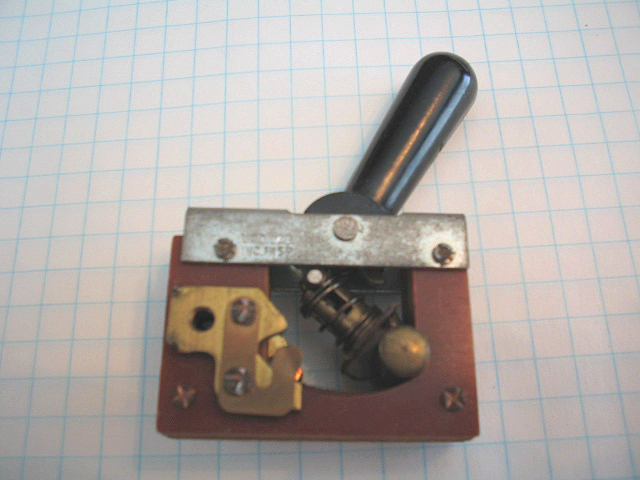Richard Boddington
Member
Greetings,
I just finished re-configuring my layout.
I now have five switches which are powered by the AC off of an un-used standard DC train controller. I have this wired under my train table and I am taking the power from the AC accessories screws to run my bank of five switch controls. Works fine.
Also wired into that AC outlet are four houses with bulbs in them. Bought from hobby store you all know the type.
Now when I use a switch all the power goes out in my houses. Ooops! Just for a second while the switch operates. Then the lights come back on.
Now one of the houses I just added into the series has a light but it is very very dim. It's on but you can barely see the light bulb glowing.
So it's clear I need more power, no?
The control unit I am using says the following Output 19 VAC 0-18VDC 5.5 VA. The new house I just added says on the box "12-16 V Bulb AC".
Is there a dedicated AC power supply for HO that can give me all the power I need to run multiple lighted houses and my switches?
Perhaps that little control unit was only designed for one AC accessory and I am running four off it.
Thanks
Richard
My DCC unit is the Lenz system, does that thing provide any AC juice for accessories off the back?
I just finished re-configuring my layout.
I now have five switches which are powered by the AC off of an un-used standard DC train controller. I have this wired under my train table and I am taking the power from the AC accessories screws to run my bank of five switch controls. Works fine.
Also wired into that AC outlet are four houses with bulbs in them. Bought from hobby store you all know the type.
Now when I use a switch all the power goes out in my houses. Ooops! Just for a second while the switch operates. Then the lights come back on.
Now one of the houses I just added into the series has a light but it is very very dim. It's on but you can barely see the light bulb glowing.
So it's clear I need more power, no?
The control unit I am using says the following Output 19 VAC 0-18VDC 5.5 VA. The new house I just added says on the box "12-16 V Bulb AC".
Is there a dedicated AC power supply for HO that can give me all the power I need to run multiple lighted houses and my switches?
Perhaps that little control unit was only designed for one AC accessory and I am running four off it.
Thanks
Richard
My DCC unit is the Lenz system, does that thing provide any AC juice for accessories off the back?



